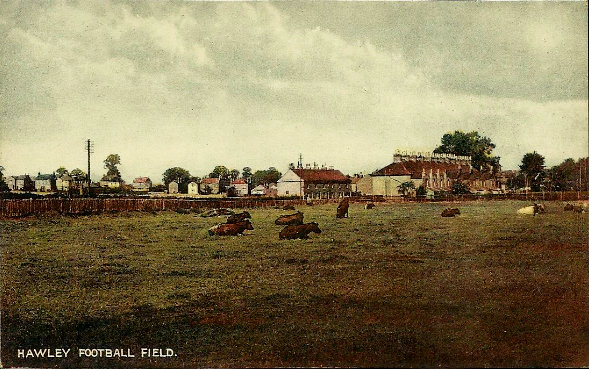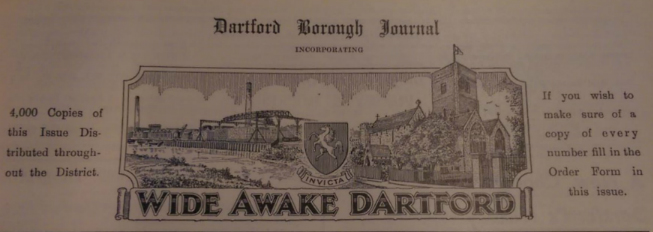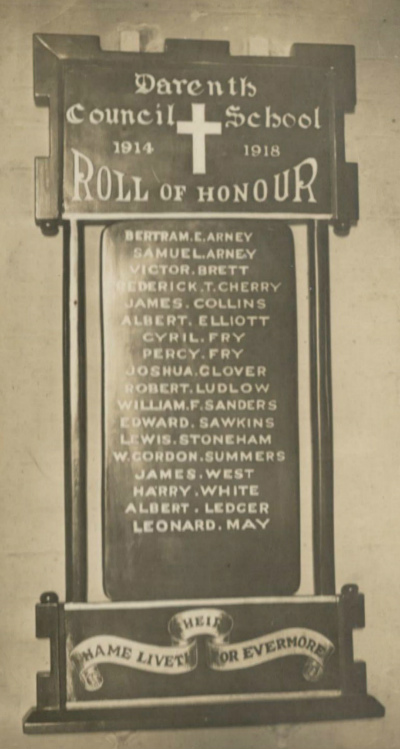Local papers would often feature the local weddings, giving lots of details about the happy couple, including career details, as well as detailed descriptions of the service, clothing and wedding presents, and can make fascinating reading as they are so different to weddings today.
On the 31st July 1920, a marriage took place at St John the Baptist Church of Mr Victor Thompson (of St John’s Terrace, Sutton-at-Hone) and Miss Marian King (of The Bakery). Victor Thompson had been acting Scoutmaster for the Sutton Scout Troop whilst Mr Kadwill had served as an officer during the Great War.
The service was officiated by the Rev. A. E. Bourne, and it was described as a choral service (I am not sure this meant there were hymns sung or that the choir performed), and the Vicar spoke “with great appreciation” of the work the couple had done in the parish.
The bride was dressed in a soft blue gown, with matching hat, and carried a sheaf of lilies (very fashionable in the 1920s). The two bridesmaids, Miss Thompson and Miss Coulson, wore champagne colienne (I think it is a type of silk) dresses and black hats, and carried bouquets of pale pink carnations.
There was a large congregation, including many Girls Friendly Society friends and members of the local Scout Troop. When the couple left the church the 1st Sutton-at-Hone Troop of Boy Scouts formed a guard of honour. After a reception, the couple motored to Hastings for their honeymoon.
There was a list of wedding presents was shown in the local paper, and here is a selection:
Bride to Bridegroom – gold watch
Bridegroom to Bride – gold chain and pendant
Bride’s father and mother – cheque
Bridegroom’s mother – oak biscuit barrel and house linen
Bridegroom’s father – china cabinet
Bridegroom’s sister – cruet
Bridegroom’s grandmother – silver cream jug
Members of the G.F.S. – silver cake stand
Fellow workers at Messrs J. & E. Hall, Ltd – 8 day clock
Members of Sutton-at-Hone Tennis Club – glass and silver inkstand
The 1939 Civil Registration register, taken in September 1939, shows that the happy couple were living at Alexandra Cottages, Ship Lane, and Victor is described as being “Charge Hand, Engine Machine Shop”, and both Victor and Marion are both described as being First Aid Service Vol.



